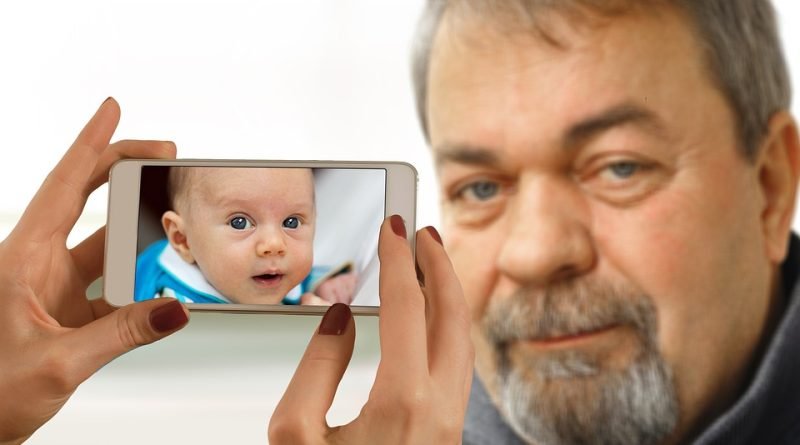Revolutionizing Healthcare: How Virtual Reality is Transforming Patient Care
Healthcare has come a long way in terms of technological advancements in recent years. One of the most exciting developments in the field is the use of virtual reality (VR) to revolutionize patient care. Virtual reality technology has the potential to completely transform the way healthcare is delivered, making treatment more effective, efficient, and accessible.
One of the key ways in which VR is transforming patient care is through the use of VR therapy. VR therapy involves using virtual reality simulations to treat a variety of mental health issues, such as anxiety, PTSD, and phobias. These simulations allow patients to confront their fears in a safe and controlled environment, helping them to overcome their anxieties and traumas. Studies have shown that VR therapy can be as effective, if not more effective, than traditional therapy methods, making it a valuable tool for mental health professionals.
In addition to its use in therapy, VR technology is also being used to improve medical training and education. Medical students can now use VR simulations to practice surgical procedures, allowing them to gain valuable hands-on experience in a risk-free environment. This not only improves their skills and confidence, but also reduces the need for costly cadaver labs and other resources. VR simulations are also being used to train healthcare professionals in emergency response scenarios, helping them to better prepare for real-life situations.
Another way in which VR is revolutionizing healthcare is through telemedicine. Telemedicine allows patients to receive medical care remotely, through virtual consultations with healthcare providers. This is especially beneficial for patients in rural or underserved areas, who may not have easy access to healthcare facilities. By using VR technology, healthcare providers can conduct virtual consultations, diagnose medical conditions, and even prescribe medication, all from a distance. This not only improves access to healthcare for patients, but also helps to reduce healthcare costs and streamline the delivery of care.
Overall, virtual reality technology has the potential to completely transform patient care in healthcare. By providing more effective therapy options, improving medical training and education, and expanding access to healthcare through telemedicine, VR is paving the way for a more efficient, cost-effective, and patient-centered healthcare system. As VR technology continues to advance and become more widely adopted, we can expect to see even more groundbreaking innovations in the field of healthcare.
